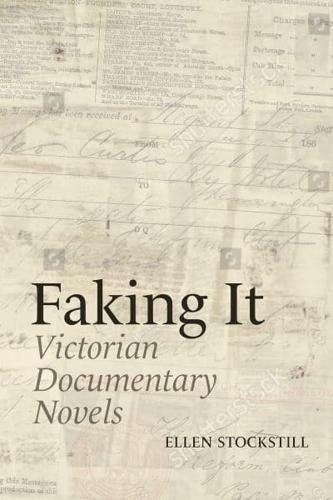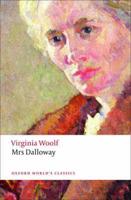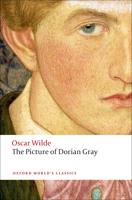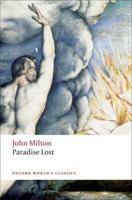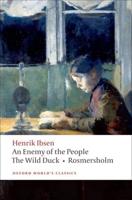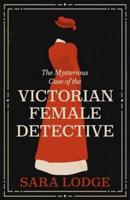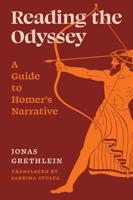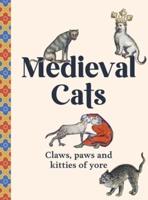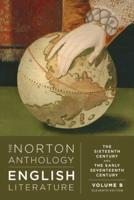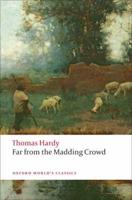Publisher's Synopsis
Ebook available to libraries exclusively as part of the JSTOR Path to Open initiative.
Faking It analyzes Victorian novels that present themselves as non-fiction works. These documentary novels contain supposedly authentic transcriptions of letters, diary entries, memoirs, travelogues, witness testimonies, newspaper clippings, and other documentary evidence that purportedly verify a narrative's claims of truth. Narrated entirely through artificial documents, these books are "fake" works of non-fiction.
In a period of literary history generally considered the era of the great realist novel, we might find it surprising that many novelists chose these forms for their work-especially when we recognize and grapple with the constraints they place on the writer. These constraints, however, also afford a variety of effects both aesthetic and rhetorical. Many critics have considered documentary novels a lower art form than realist novels-less advanced in their depiction of real life and real people. Faking It complicates that notion and argues for a reexamination of the documentary novel's affordances and even flexibility despite the inherent constraints. Importantly, when we recognize how Victorian novelists exploited non-fiction forms for fictional purposes, we gain a better understanding of the history of the English novel from its origins to the present.
